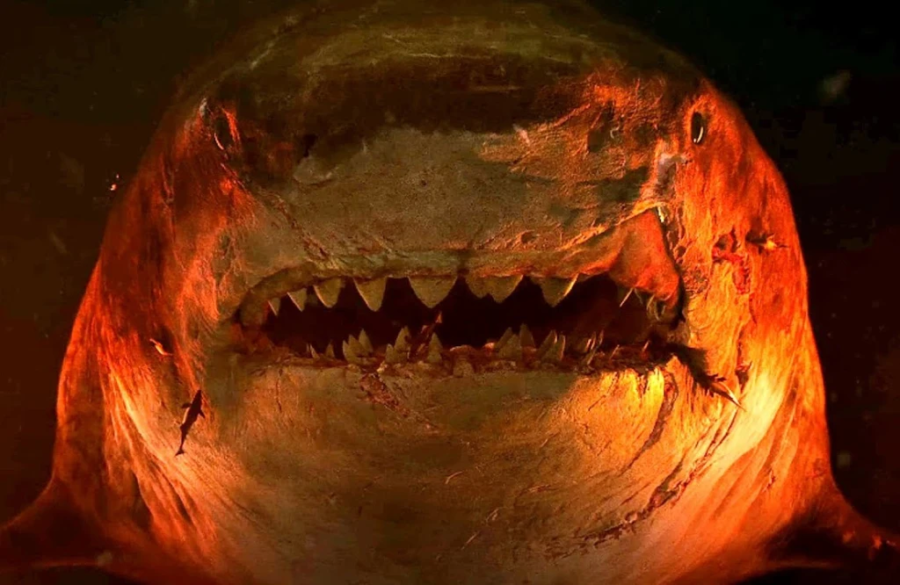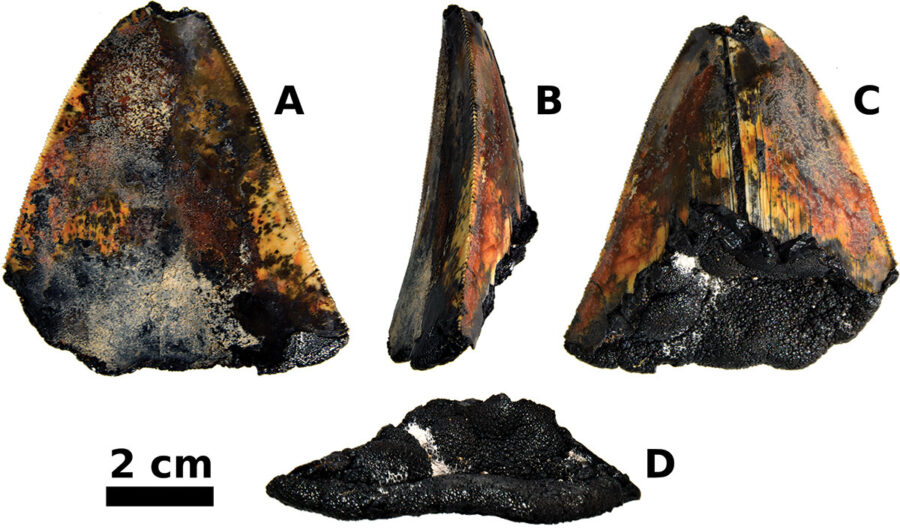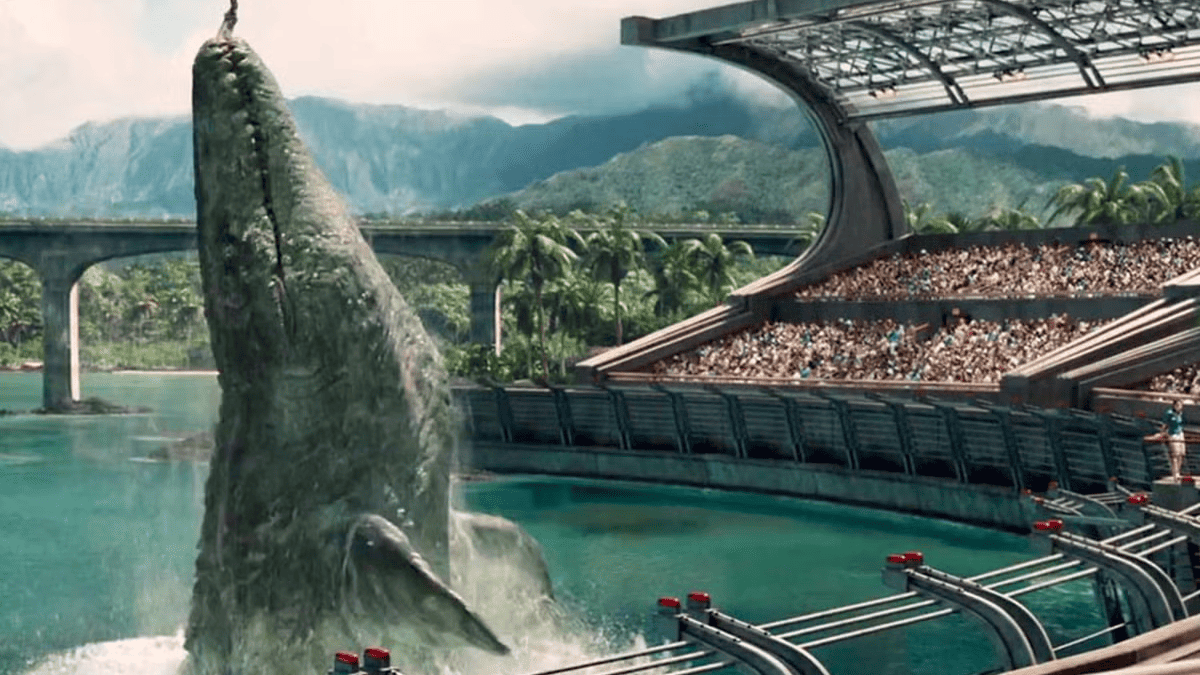Ancient Fossil Discovery Makes History On The Deep Sea Floor

Sharks are known for shedding their saw-like teeth, and the megalodon—the biggest and meanest of them all—was no different. Its teeth are still found today; they wash up on beaches, or they’re found sticking out of other fossil remains, such as those of ancient whales. In some cases, they’re found rising out of once-submerged landscapes, which also include dry land. But the latest megalodon tooth discovery is unique because it was left undisturbed ever since it was shed by the sea nightmare itself.
The megalodon tooth was spotted amongst the rocky outcrop, and the researchers spotted it while reviewing the footage captured by a remotely operated submersible. It was sticking out of the sand as if it landed there just moments ago. This is rather interesting because most of these fossilized remains go untouched by the sands of time, and most of them get scattered or covered up. However, this particular area of the ocean is known for accumulating very little to no sediment deposition over long periods of time.

While the tip of the very tooth was chipped, as you can see in the photo above, the rest of it was very well preserved. The discovery was made in an area with strong currents, which likely prevented sediment accumulation, and the fact that the tooth’s serrated edges aren’t damaged or eroded suggests that the tooth hasn’t been tossed and tumbled across the ocean floor. Why does this discovery matter? Well, megalodon roamed the oceans between 4 and 20 million years ago, and while doing so, it dropped its shedding teeth left and right.
However, the landscape of our planet looked vastly different compared to today. As the megalodons died or shed their teeth, these teeth were settled on the seabed. Over time, these areas underwent significant geological transformation, which, unsurprisingly, disturbed the final resting place of these teeth and other fossilized remains. Some teeth were covered by sediment buildup, others were tossed and tumbled across the sea floor, while others found their way onto dry land and are still found today in sedimentary rock formations.

These megalodon teeth and other fossilized remains are often uncovered through natural erosion, construction, and mining activities, but also through deliberate paleontological excavations. Megalodon teeth have been found on dry land before, including coastal regions in inland areas of the US, particularly states like Florida, North Carolina, and South Carolina, where they are relatively common in certain fossil beds. However, this particular tooth, found at some 3,000 meters below the surface, is the first documented in its final resting place, as it was found.
The public interest in this ancient predator spiked following the release of Jason Statham‘s The Meg, which is centered on a team of researchers trying to hunt down a surviving megalodon in modern times after they had released it into the oceans. It’s interesting to think about how human civilization would have developed if these predators hadn’t gone extinct but had survived to this day. It’s entirely possible that they would impact exploration and trade, which were the drivers of civilizational growth.
Here’s a fun fact about megalodons: It’s believed that megalodons gave birth to live offspring instead of hatching eggs, and their offspring often engaged in a behavior known as intrauterine cannibalism. In other words, it was alive in its mother’s womb, where it feasted on its siblings, after which it came out into the world as a specimen of one of the largest and meanest fish to ever roam the oceans.
Source: Historical Biology














